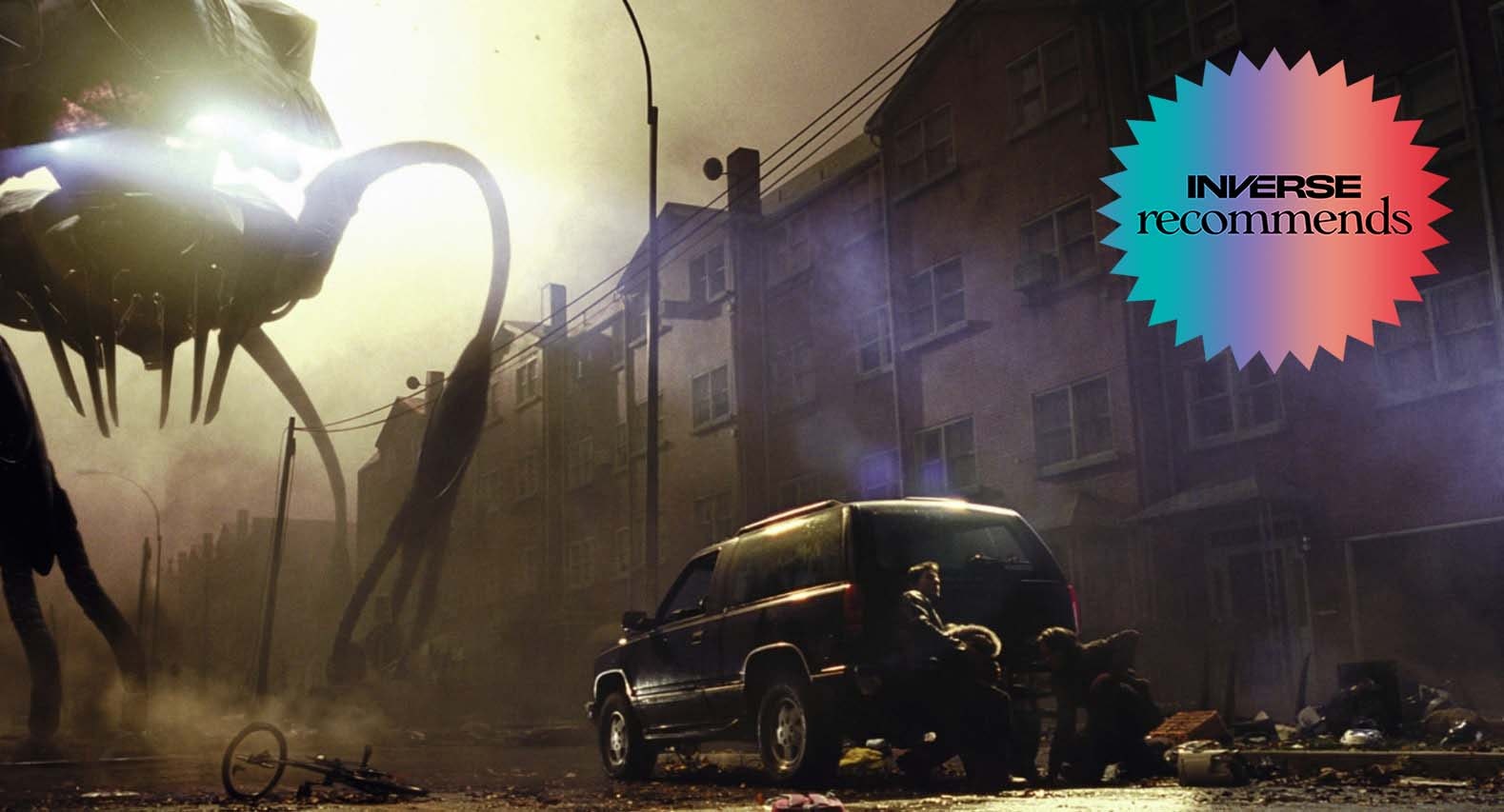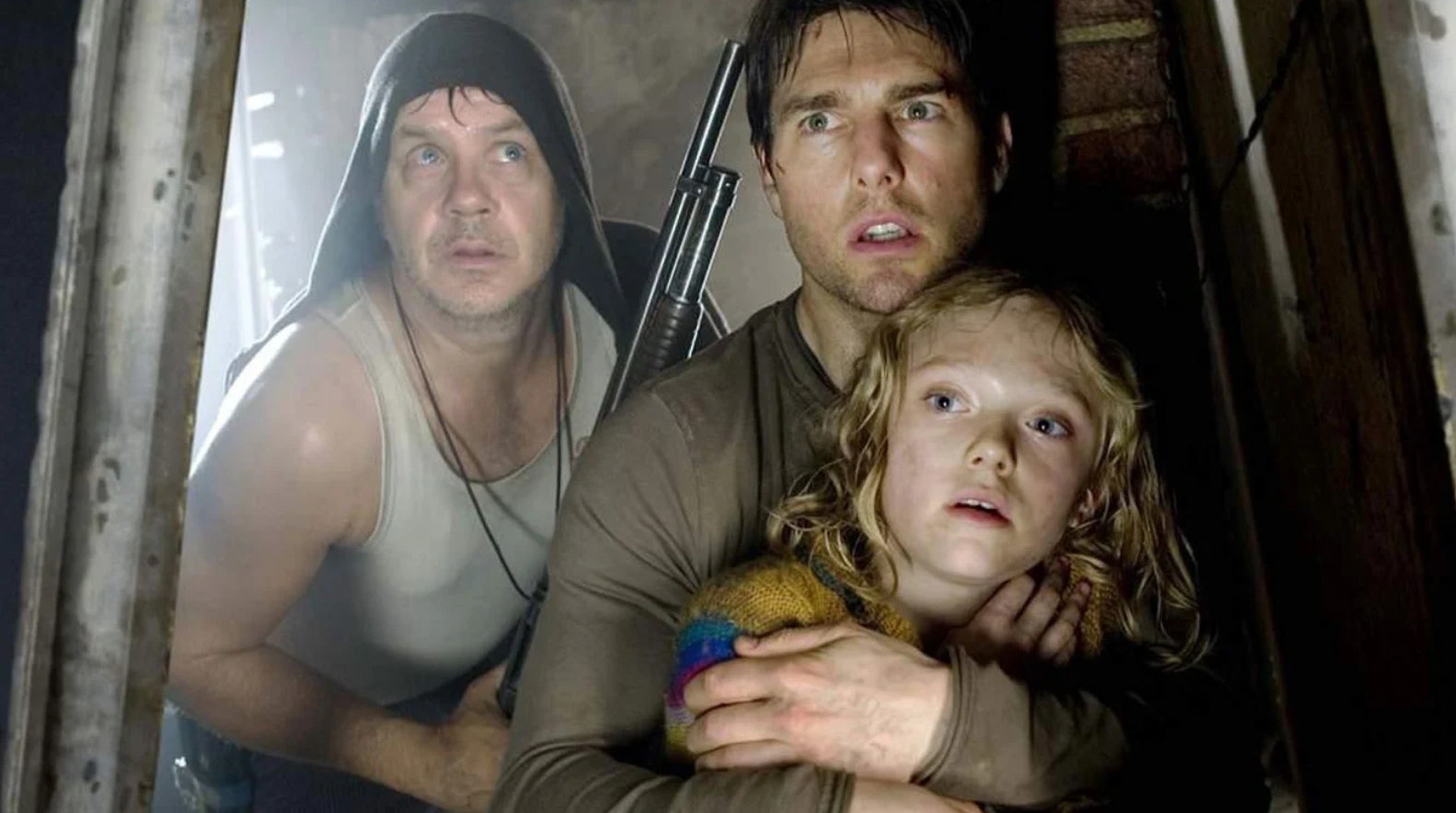
In 1964, a 17-year-old named Steven Spielberg made a movie called Firelight. Produced for $500 and filled with actors from Spielberg’s high school production of Guys and Dolls, Firelight follows several scientists as they explore mysterious colored lights in the sky that just might be aliens. Elements of Firelight would eventually start to appear in Spielberg’s professional work, most notably in 1977’s Close Encounters of the Third Kind.
For years, Spielberg was fascinated by how alien encounters could change people. Growing up in a world shaped by the harsh divides of the Cold War, the arrival of aliens had the potential to break down societal barriers and reignite long-forgotten passions. Along with Firelight, Close Encounters and E.T., would show how aliens could touch the human spirit.
In 2005, Spielberg returned to aliens. But this time he wasn’t interested in peace, love, and understanding. He wanted war, and he made War of the Worlds, one of the decade’s best sci-fi movies. There are aliens galore, but the movie also keeps a keen eye towards humanity struggling through violence, and it arrives on Netflix today for your reconsideration.
Ray Ferrier (Tom Cruise) is a Brooklyn longshoreman, a star at his job with a boss begging him to put in more hours. But back home in Bayonne, New Jersey, the situation is different. Ray’s ex-wife has a new husband who’s richer than Ray, and the couple’s two children, 10-year old Rachel (Dakota Fanning) and teenage Robbie (Justin Chatwin), like the new guy a lot more.
To be fair, Ray’s not exactly in the running for father of the year. He barely seems to care for his children, brusquely telling his 10-year-old to order dinner for herself. But the real tensions lie with Robbie, which Spielberg telegraphs with a visual metaphor. Ray is a Yankees fan, but during a tense game of catch Robbie rebels by putting on a Red Sox hat.
Within 20 minutes, Spielberg has set up a cold family dynamic. But odd news reports out of Ukraine describe mysterious lightning storms, which soon find their way to New Jersey. Incredibly, they’re all striking the exact same spot. Soon, out of the pavement, horrifying tripods emerge and start blasting.

There are a couple inconsistencies in War of the Worlds, but they all serve the movie. The biggest involves the the use of electricity. At first, the audience is shown again and again that all electricity has stopped: In homes, cars, watches, everywhere.
But then, as the aliens emerge, Spielberg cuts to a man filming them with a working camcorder. While this is inconsistent, the idea works so well that it’s easy to forgive. The camcorder drops and the audience watches the attack through its screen, offering a level of remove which makes it even more horrifying.
The laser blasts themselves feel like an inversion of what Spielberg was doing in Close Encounters. They’re beautiful multi-colored lights accompanied by sound, but here they portend doom. When the lasers blast a person their body simply disappears, leaving only ash, which calls to mind the aftermath of 9/11.
9/11 looms large over War of the Worlds. Even though the attacks are never mentioned, the references would have been clear to audiences watching the movie during the height of the Bush-era War on Terror. At one point, a confused and scared Rachel asks if the attacks are from terrorists. All Ray can do is keep going.

The family struggles to become a functioning unit. Ray and Robbie are at each other's throats, particularly over Robbie’s desire to join the military and fight the seemingly indestructible machines. The family undergoes an exodus on foot which, for the modern reviewer, recalls the forced exodus from Ukraine.
Eventually, Ray has to let Robbie go. He and Rachel find themselves under the care of an unhinged man named Harlan Ogilvy (Tim Robbins), who’s obsessed with fighting the creatures through tunnels. He starts to lose his mind when the three watch an alien tripod drain a person of their blood, at which point the alien plan becomes clear: They intend to terraform Earth using our own bodies. To be fair to Harlan, this would break a lot of people’s brains.
The ending of War feels a little hurried, especially as characters reunite without any real sense of how they go to where they are. But even if it doesn’t make perfect sense, the emotional rush of watching humanity grow and fight back delivers. Regardless of whether aliens are good or evil, Spielberg knows how to deliver interstellar spectacle.
War of the Worlds is streaming on Netflix.







